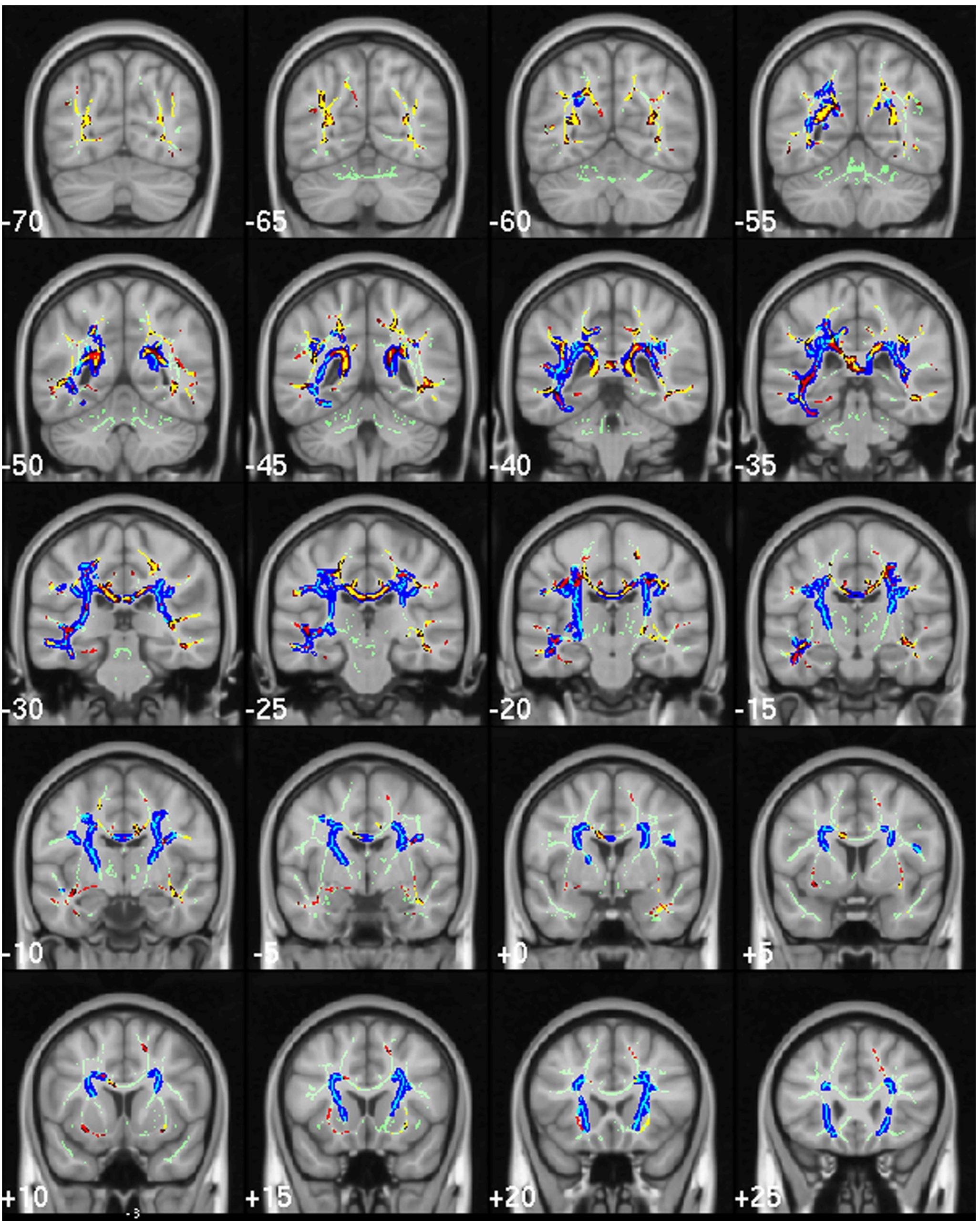All About Alzheimer’s
 5.4 million Americans live with Alzheimer’s Disease, and today, for National Alzheimer’s Disease Awareness Month, we thought it would be appropriate to discuss some important Alzheimer’s research that we’ve published over the last year here at PLOS ONE.
5.4 million Americans live with Alzheimer’s Disease, and today, for National Alzheimer’s Disease Awareness Month, we thought it would be appropriate to discuss some important Alzheimer’s research that we’ve published over the last year here at PLOS ONE.
Alzheimer’s is a complex and somewhat mysterious disease. We know that Alzheimer’s patients have unusually high levels of protein tangles and plaques in their brains, but the exact relationship between this protein buildup and disease progression has been the subject of much debate and continuing research. To address one aspect of this question, a research group led by Karen Duff of Columbia University used a mouse model to show how one key protein called tau spreads through the brain.
Previous work had shown that tau accumulation associated with Alzheimer’s starts in a specific region of the brain, called the entorhinal cortex, and spreads from there. The mechanism for this spread, however, was unknown. In the recent work, published in February of this year, the authors developed a mouse strain that made human tau, but only in the entorhinal cortex. As the mice aged, though, the tau appeared in additional brain regions, providing compelling evidence that the problem protein is “contagious” and moves from cell to cell along neural networks. These results suggest possibilities for both new approaches for early diagnostics and treatment, and this mouse strain that in many ways appears to faithfully represent the disease progression in humans will likely be a very powerful research tool moving forward.
This study is just one example of the vast Alzhimeimer’s research currently underway. For example, this past Wednesday we published a brain imaging study investigating potential biomarkers for Alzheimer’s that could facilitate early diagnosis, from Julio Acosta-Cabronero of the University of Cambridge and colleagues, and in September, we published a paper describing genetic signatures in mitochondrial DNA associated with a reduced risk for the disease from a group led by John Kauwe of Brigham Young University.
For more information about Alzheimer’s, you can visit www.alz.org, and find additional PLOS ONE research about many diverse aspects of the disease.
Citations:
Liu L, Drouet V, Wu JW, Witter MP, Small SA, et al. (2012) Trans-Synaptic Spread of Tau Pathology In Vivo. PLoS ONE 7(2): e31302. doi:10.1371/journal.pone.0031302
Acosta-Cabronero J, Alley S, Williams GB, Pengas G, Nestor PJ (2012) Diffusion Tensor Metrics as Biomarkers in Alzheimer’s Disease. PLoS ONE 7(11): e49072. doi:10.1371/journal.pone.0049072
Ridge PG, Maxwell TJ, Corcoran CD, Norton MC, Tschanz JT, et al. (2012) Mitochondrial Genomic Analysis of Late Onset Alzheimer’s Disease Reveals Protective Haplogroups H6A1A/H6A1B: The Cache County Study on Memory in Aging. PLoS ONE 7(9): e45134. doi:10.1371/journal.pone.004513
Image source: Acosta-Cabronero et al.
